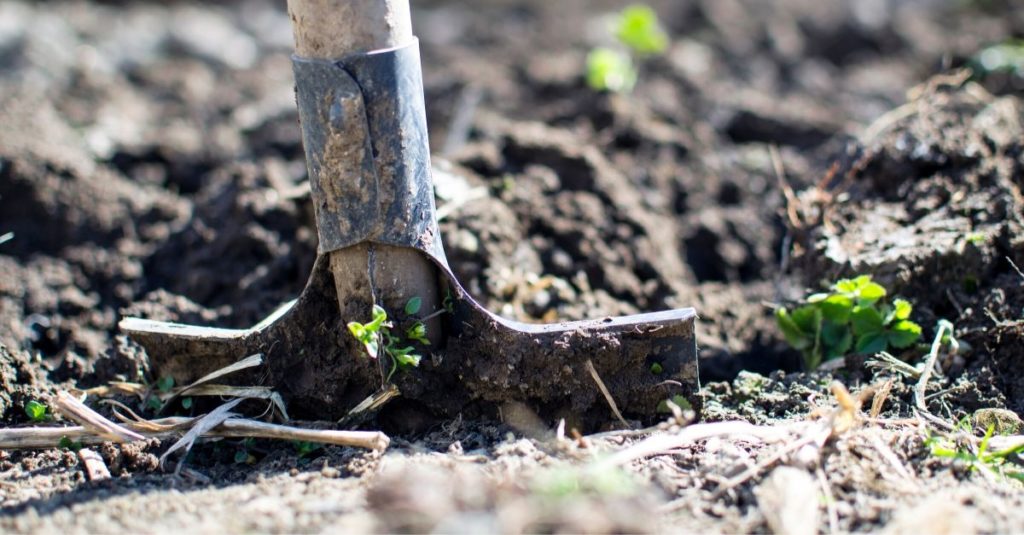Soil Conservation is the name given to a handful of techniques aimed at preserving the soil. Soil loss and loss of soil fertility can be traced back to a number of causes including over-use, erosion, salinization and chemical contamination.
Unsustainable subsistence farming and the slash and burn clearing methods used in some less developed regions, can often cause deforestation, loss of soil nutrients, erosion on a massive scale and sometimes even complete desertification.
Soil erosion removes the top soil that is necessary for organic matter, nutrients, micro-organisms that are requires for plants to grow and shine. Soil conservation is one such step that protects t


